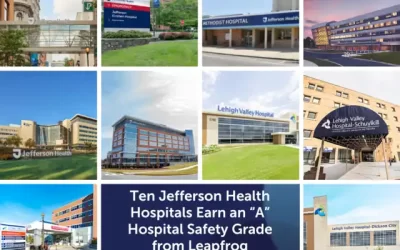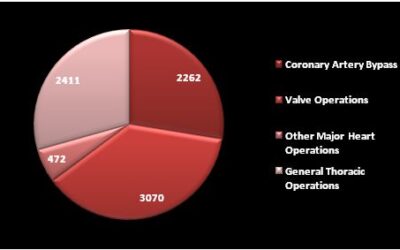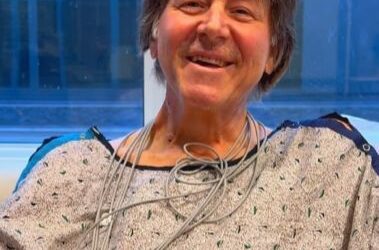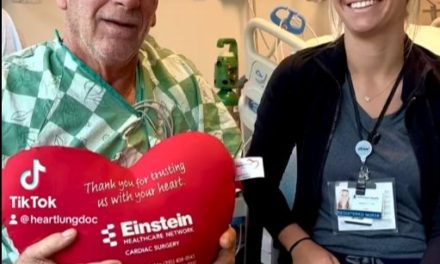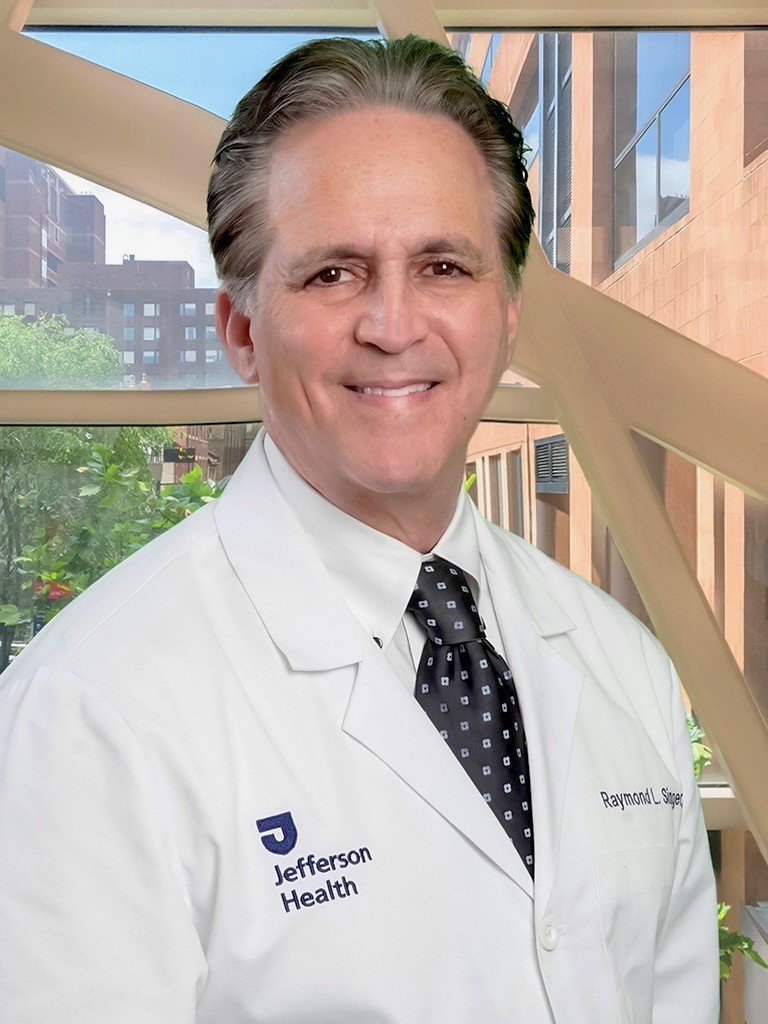A major cause of mitral valve stenosis in the world is due to having a history of rheumatic fever. Though more common in other countries, 1 in 100,000 people in the U.S. will develop mitral stenosis.
Mitral valve prolapse is a more prevalent problem. It affects as many as 1 in 33 people in the U.S., of which 1 in 10 will develop regurgitation (leaking of the valve).
There are many surgical approaches to mitral valve surgery, and therefore it can be confusing to patients who are seeking a second opinion.
The gold standard has been the sternotomy approach, providing access to all regions of the heart and the ability to do combined procedures such as multi-valve surgery, and mitral valve repair combined with atrial fibrillation surgery or coronary artery bypass surgery.
Other approaches utilize a small right thoracotomy with cannulation of the femoral artery and vein for the purpose of going on the heart-lung machine, as opposed to direct cannulation of the heart with a single incision using conventional sternotomy approach.
What many patients don’t realize is that both approaches require the use of the heart-lung machine and the stopping of the heart to repair the valve.
In robotic mitral valve surgery, a similar right thoracotomy approach is used, along with femoral artery and vein cannulation, except the surgeon looks through a camera with the robot, as opposed to looking directly through the small right thoracotomy wound. The mini-thoracotomy and the robotic thoracotomy approaches are nearly identical procedures, though the robotic involves more setup time and utilizes more complex instrumentation.
Again, all three procedures —conventional sternotomy, mini-thoracotomy, and robotic thoracotomy—are equivalent in the sense that they all require the use of the heart-lung machine to stop the heart in order to repair or replace the mitral valve.
This raises the question, what is the invasive part of a heart operation? Is it the incision? Or is it using the heart-lung machine and the need to stop the heart in order to repair or replace the heart valve?
To me the answer is obvious. The invasive part of the procedure is not the incision, but the work that we do on the inside on the heart itself!
Furthermore, when performed well, the conventional sternotomy not only affords a margin of safety, but does NOT cause significant pain, as historically patients have been led to believe —especially by using unfortunate and misleading terms like “cracking the chest.” On the contrary, as seen in all my videos, my sternotomy patients have modest, not large incisions, and rarely have significant discomfort after surgery.
In short, patients in my hands, who have a well-performed standard sternotomy have excellent outcomes (< 1% mortality), short hospital stays (4.5 days) and quick recoveries, with return to driving in 3-4 weeks, with little to no pain.
The take-home message is to always seek a second opinion. The best advice is to ask your surgeon what works best in his or her hands and in their experience. Also, ask your surgeon about his or her years of experience as well as their outcomes. Much of this data is now publicly reported.
Recent Posts
When is the Best Time to Exercise?
This video talks about the advantages of exercising in the morning. Morning workouts release endorphins and improve blood flow, helping you to feel more energized and mentally sharp throughout your day. There are fewer distractions in the morning and it makes it...
May is Mental Health Awareness Month
Let’s take this opportunity to reflect on something essential, yet often overlooked in professional environments: our mental well-being. In a world that values productivity and performance, it’s easy to forget that behind every deadline, meeting, or project is a human...
10 Jefferson Hospitals Earn an “A” Safety Grade
We are incredibly proud to announce that 10 Jefferson Health hospitals have received an "A" Hospital Safety Grade from The Leapfrog Group for Spring 2025. This recognition underscores our commitment to improve patient lives and prioritize their safety across our...
Patient Outcomes – May 1, 2025
Nothing can be more important than knowing the experience level of your surgeon. Generally speaking, the more you do something, the better you become! Since entering practice in 1992, I have performed over 8,215 major heart and lung operations and numerous minor...
Day #5 After CABG Surgery
With the patient’s permission, this video discusses the post-operative journey of an individual who underwent urgent/emergent conventional sternotomy, triple-vessel coronary artery bypass graft (CABG) surgery, after developing severe chest pain with ECG changes during...
Left Thoracotomy for Complex Mitral Valve Replacement
This is a unique case of a 64-year-old man who had a history of Hodgkins disease with mantle radiation to his chest. I had performed a surgical aortic valve replacement 10 years prior with a biological valve that is still working well. The patient now presented with...
Featured
Pages
- Learn about heart valves. Heart Valves
- Read testimonials. Testimonials
- Did you know I have a consulting firm? Singer Heart/Lung Consulting
- Check out my TedTalk! Defining Success
Links
- Links page with more information about your heart. Links
- Dr. Adam Pick's Site: heart-valve-surgery.com



